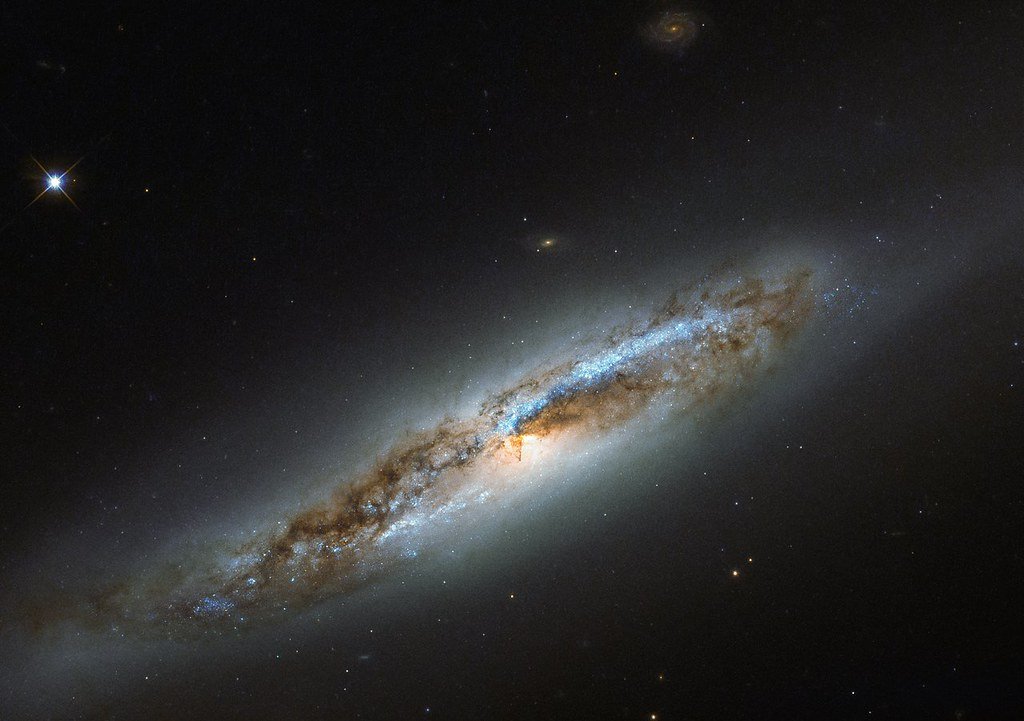Imagine a cosmic explosion so bright it could outshine an entire galaxy in the blink of an eye. Now imagine this happens in just a few milliseconds, releasing more energy than our sun produces in several days. Welcome to the bewildering world of fast radio bursts – phenomena that have scientists scratching their heads and rewriting textbooks since they burst onto the astronomical scene.
The Discovery That Changed Everything
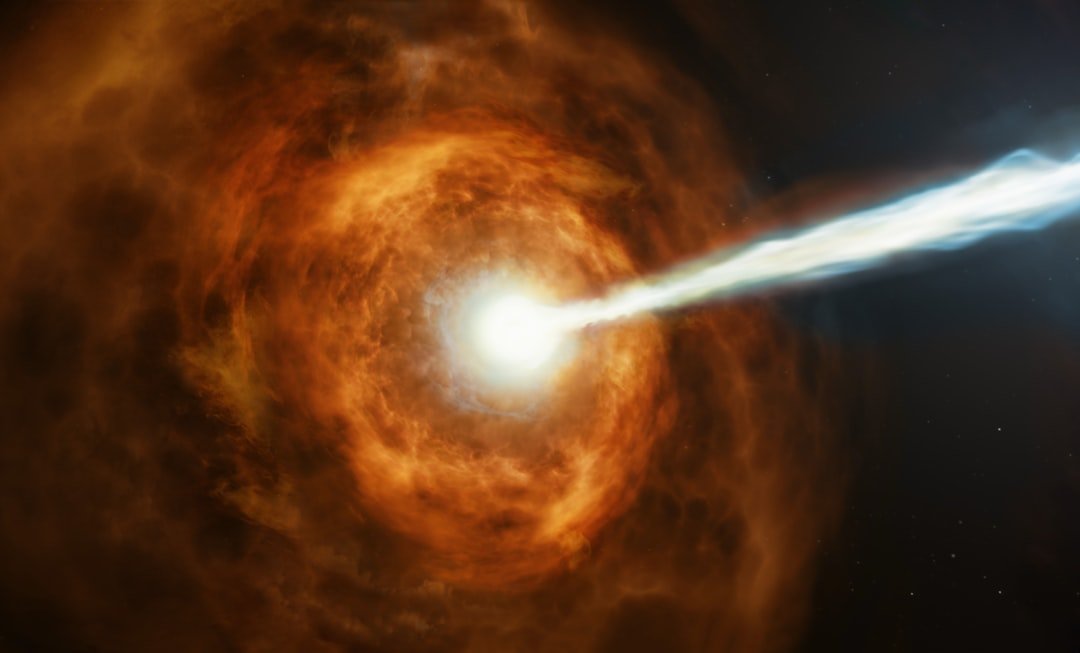
In less than the time it takes you to blink, fast radio bursts blast out more energy than our sun produces in several days. Yet despite this spectacular behavior, we still don’t know what they are. This mystery began unraveling in 2007 when astronomers stumbled upon the first fast radio burst, completely by accident while sifting through archived data.
The discovery was like finding a needle in a cosmic haystack. Fast Radio Bursts were discovered by astronomers right here in West Virginia, with Duncan Lorimer and Maura McLaughlin among the key researchers in FRB studies. What started as a curious blip in old telescope data has since exploded into one of astronomy’s most captivating enigmas, with thousands of these mysterious signals now catalogued from across the universe.
The Brightest Flash Ever Recorded
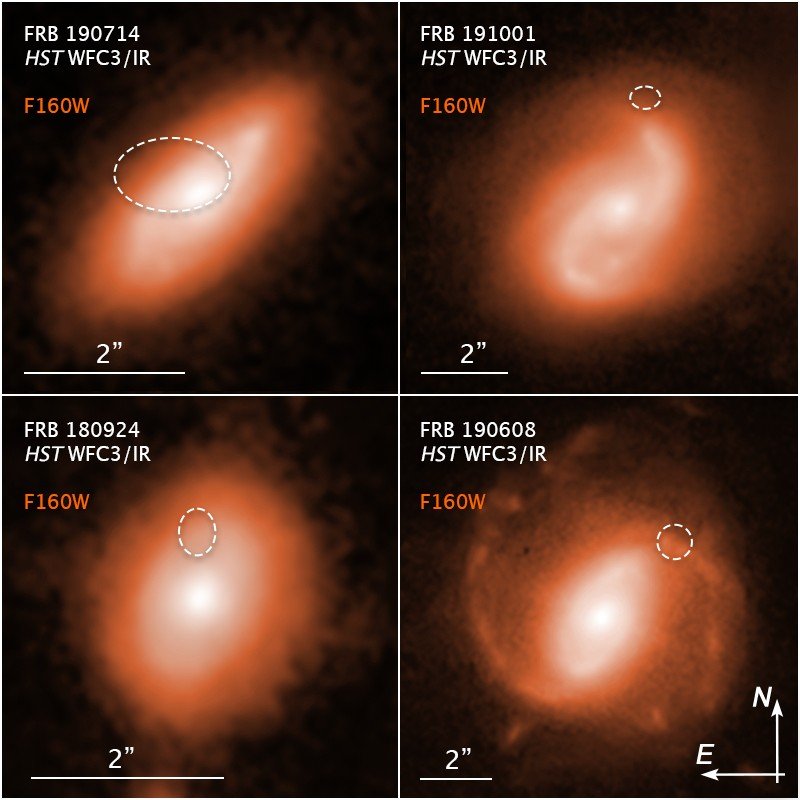
In a recent observation, astronomers detected a remarkably bright FRB, nicknamed “RBFLOAT” for “Radio Brightest FLash Of All Time,” which was traced to galaxy NGC 4141 about 130 million light-years away from Earth. This cosmic lighthouse was so brilliant that initially, astronomers were unsure whether it was an FRB or simply a terrestrial event caused by cellular communications.
RBFLOAT released as much energy in a few milliseconds as the sun produces in four days. The burst was so powerful that it caught scientists completely off guard, demonstrating just how extreme these cosmic events can be. By combining observations from sites in British Columbia, West Virginia and California, scientists traced the burst to a single spiral arm of a galaxy 130 million light-years away – accurate within just 42 light-years.
Signals from Dead Galaxies That Shouldn’t Exist
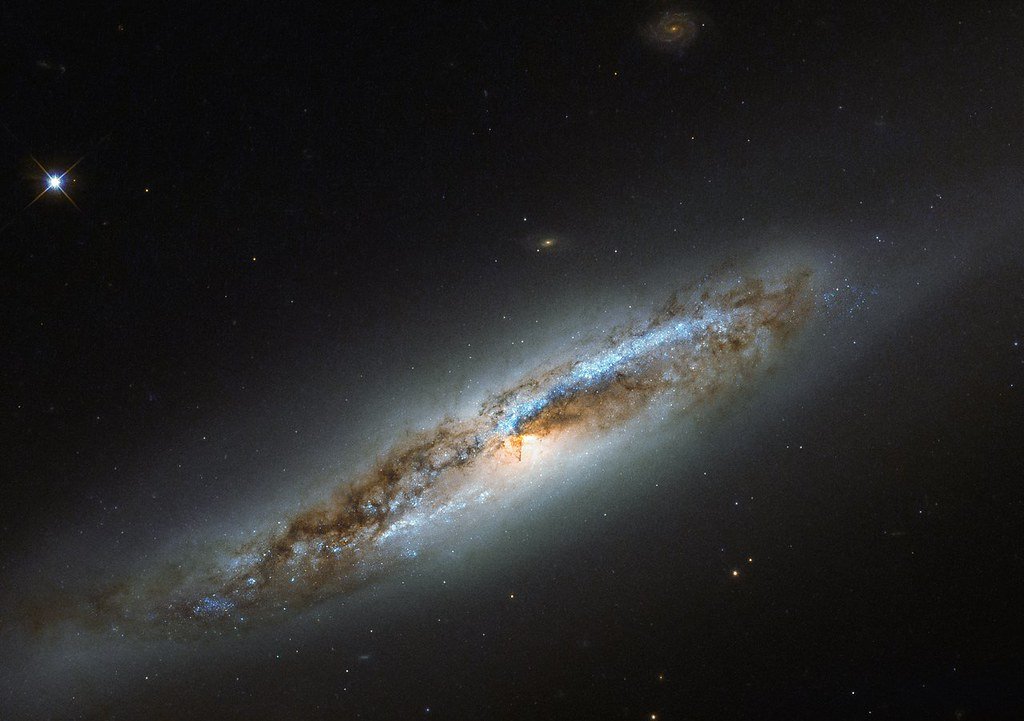
Astronomers have discovered radio waves from a galaxy that is roughly 2-billion light years away from Earth and is believed to be more than 11 billion years old, with these FRBs associated with a galaxy that was believed to be dead. This discovery turned conventional wisdom on its head, as scientists previously believed these bursts originated exclusively from active, star-forming regions.
Following FRB 20240209A back to its source showed the burst originated from the outskirts of the galaxy where hardly any stars exist, about 130,000 light-years from the galactic center. This finding challenges our understanding of where these cosmic fireworks can occur. FRBs are expected to originate inside galaxies, often in star-forming regions, so the location of this FRB so far outside its host galaxy raises questions as to how such energetic events can occur in regions where no new stars are forming.
The Magnetar Connection Gets Complicated
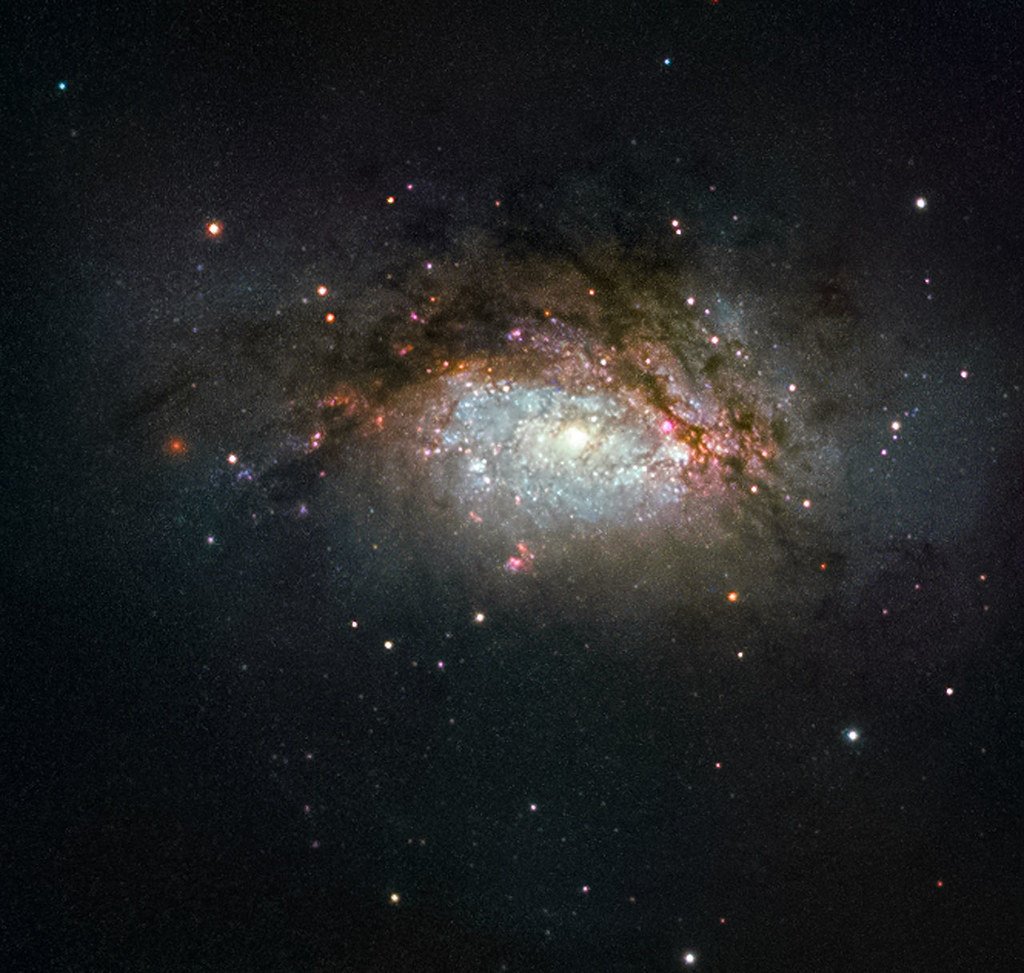
The identification of first FRB from the Milky Way, which originated from the magnetar SGR 1935+2154, indicates that magnetars may be one source of FRB. Magnetars are neutron stars with magnetic fields so intense they make our most powerful magnets look like toys. Around these highly magnetic neutron stars, atoms can’t exist – they would just get torn apart by the magnetic fields.
However, the magnetar story isn’t straightforward. Magnetars, known to be sources of fast radio bursts, tend to form in massive galaxies, unlike typical neutron stars, which can also emerge in smaller galaxies. Recent research suggests these cosmic monsters might form through stellar mergers in metal-rich environments. When such a merger occurs, the resulting star develops a magnetic field far more intense than that of the original stars combined.
Pinpointing the Source Through Cosmic Twinkling
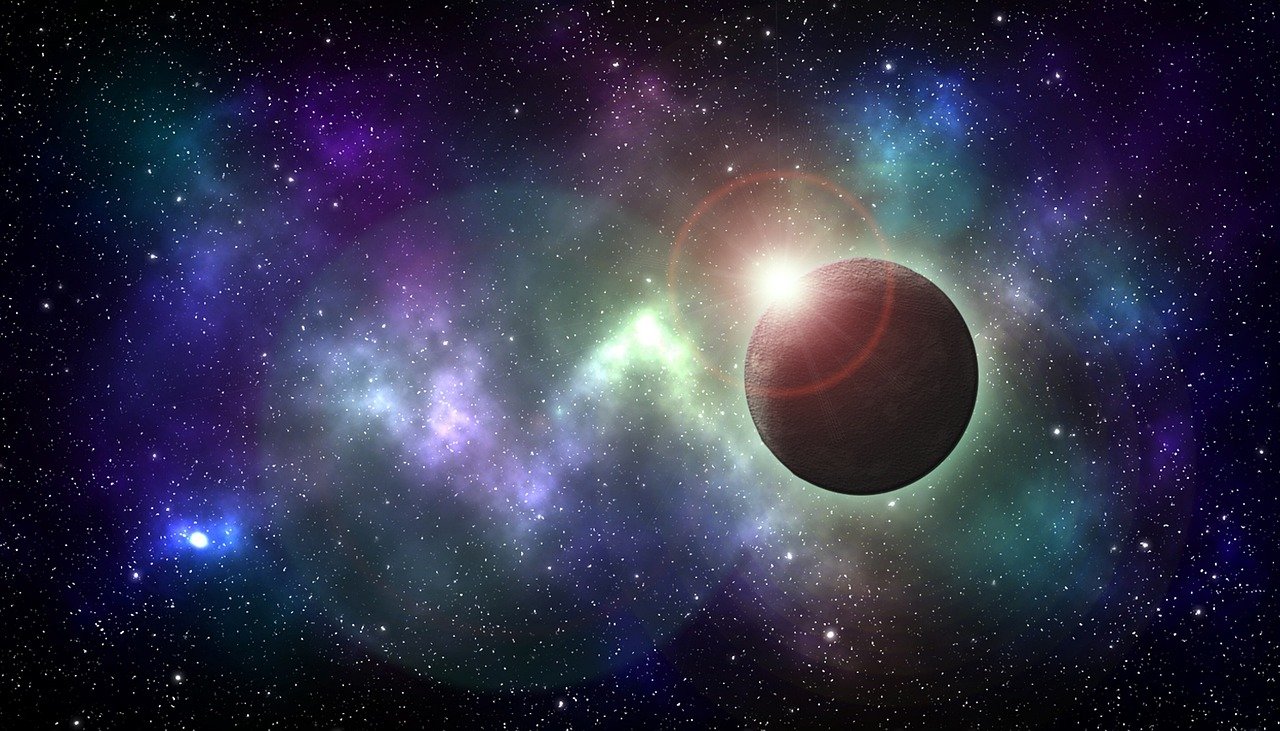
Scientists studied changes in an FRB’s brightness and determined that the burst must have originated from the immediate vicinity of its source by analyzing its “scintillation,” similar to how stars twinkle in the night sky. This breakthrough technique allows astronomers to peer closer than ever before to the cosmic engines producing these bursts.
The team estimates that FRB 20221022A exploded from a region that is extremely close to a rotating neutron star, 10,000 kilometers away at most – less than the distance between New York and Singapore. At such close range, the burst likely emerged from the neutron star’s magnetosphere, providing the first conclusive evidence that a fast radio burst can originate from the magnetosphere, the highly magnetic environment immediately surrounding an extremely compact object.
The Repeater Mystery Deepens
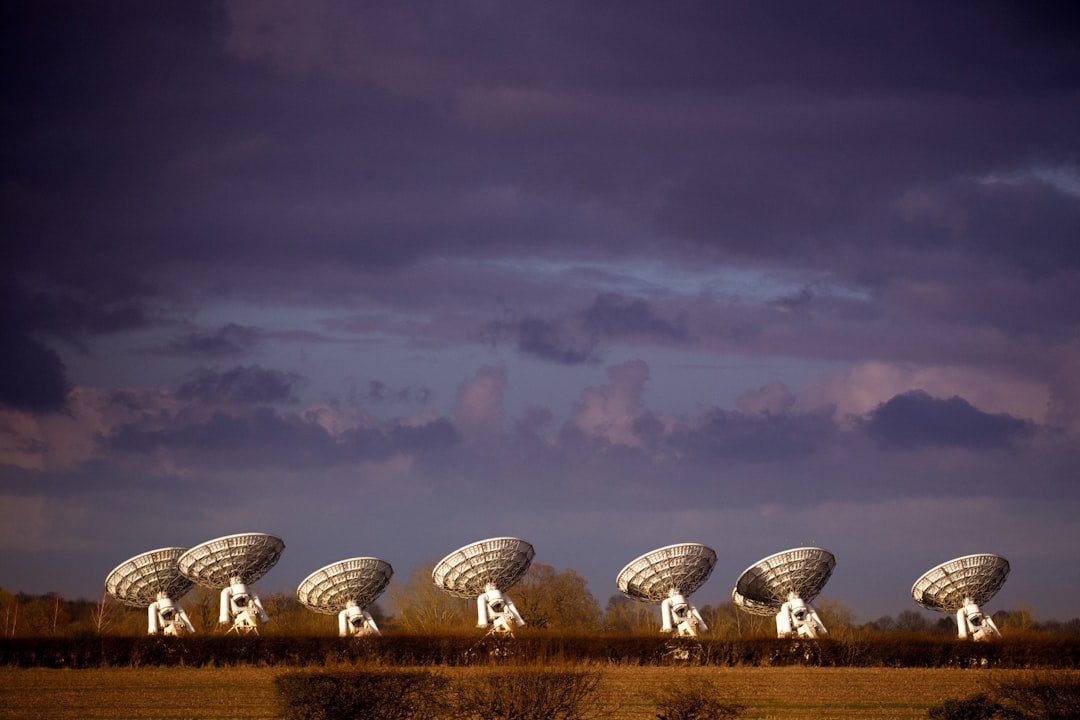
Most fast radio bursts are one-offs, but a few percent have been observed to repeat, flashing every so often, and an even smaller fraction of these repeaters flash in a pattern, like a rhythmic heartbeat, before flaring out. The question of whether repeating and non-repeating bursts come from different sources has puzzled scientists for years.
Before detecting FRB 20250316A, CHIME had been unknowingly monitoring the source every day for seven years, until one of the brightest events of all time suddenly went off after zero bursts were detected in thousands of transits. This unpredictability suggests that some fast radio bursts might be incredibly sporadic, challenging our understanding of their underlying physics.
Binary Systems and Stellar Partnerships
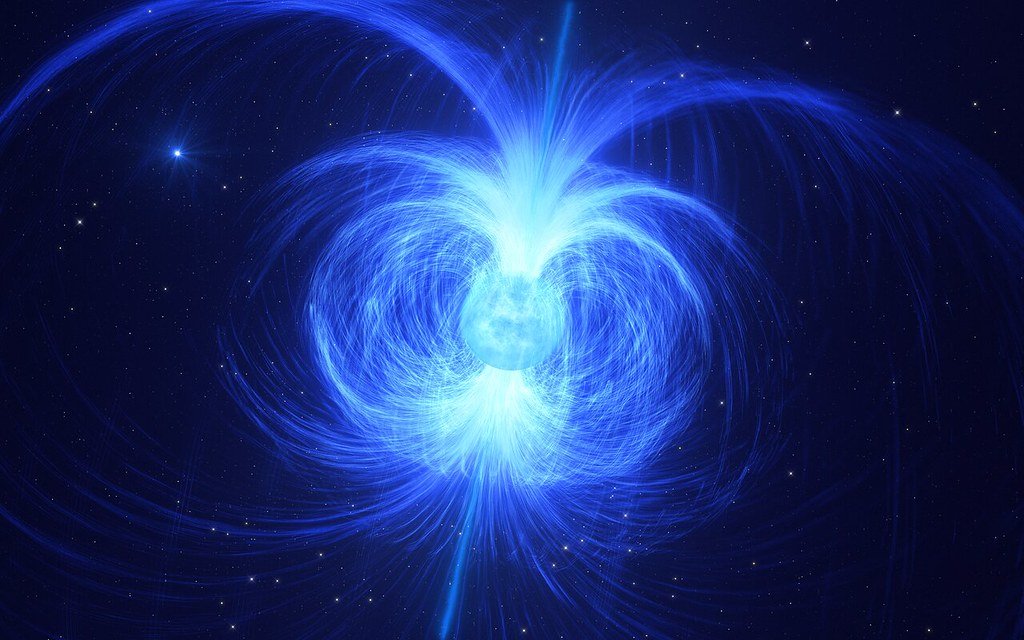
Recent observations show that some repeating signals come from a binary system containing a magnetar and a Be star with a decretion disk. This discovery adds another layer of complexity to the fast radio burst puzzle, suggesting that some of these cosmic beacons might result from interactions between two stellar objects rather than isolated neutron stars.
Based on study outcomes, researchers confirm the origin of some FRBs in a binary system at high accretion rate, that would blow a plasma bubble responsible for persistent radio emission, with the emission object immersed in a star-forming region. These binary systems create dynamic environments where matter flows between stars, potentially triggering the extreme magnetic phenomena that produce fast radio bursts.
Looking Beyond Our Galaxy for Answers
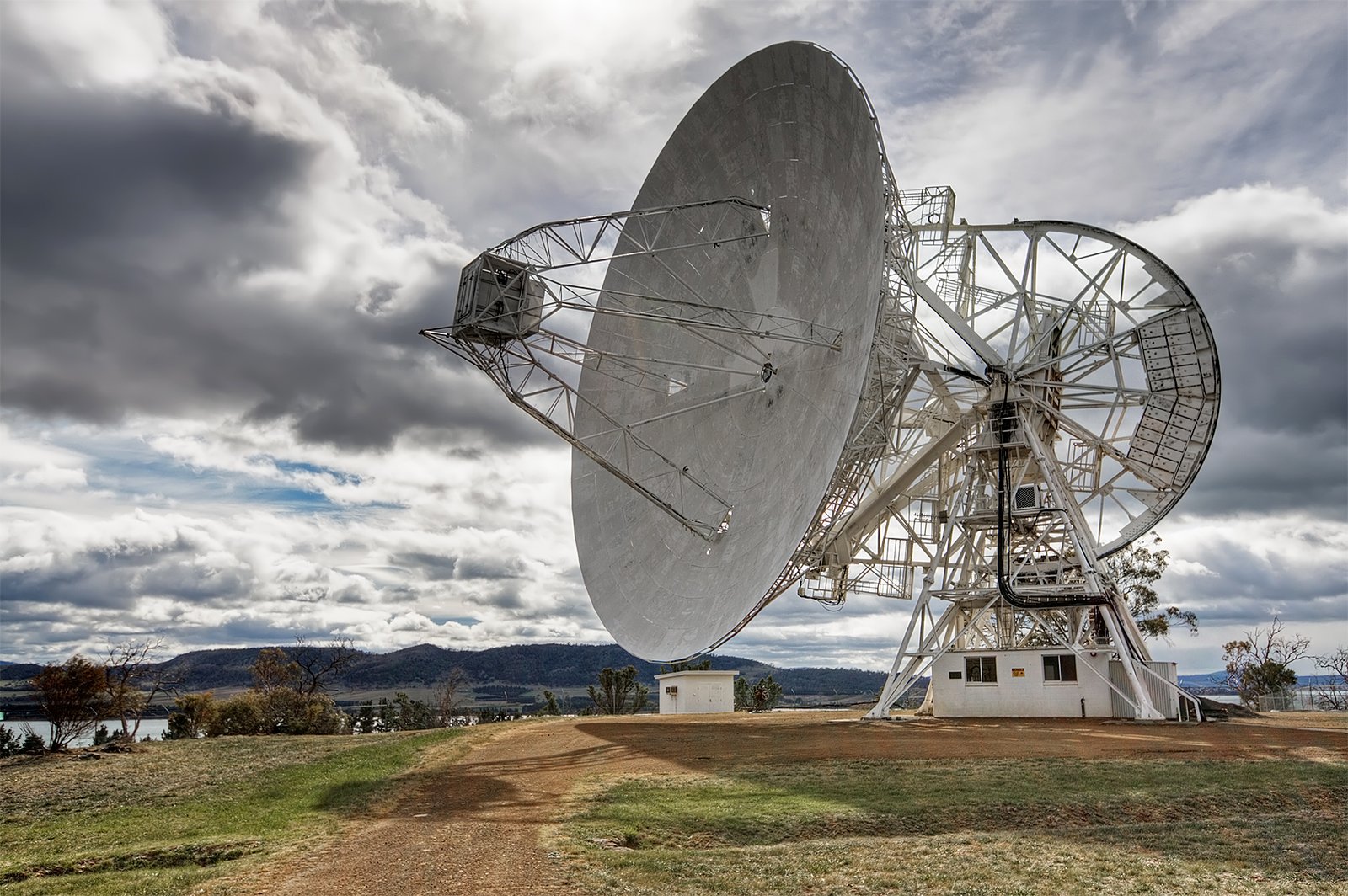
Since the first FRB was discovered in 2007, astronomers have detected over 4,000 radio flares, and because the bursts are so close and so bright, scientists can probe the environment in and around the burst for clues to what might produce a nonrepeating FRB. Each new detection brings us closer to understanding these cosmic mysteries, but also reveals how much we still don’t know.
Ultra-brief bursts of radio waves have been detected by observatories like South Africa’s MeerKAT, was produced more than 10 billion years ago, long before the formation of the Sun and Earth, marking a critical milestone in FRB astronomy. These ancient signals are like cosmic time machines, carrying information about the universe’s early history and the extreme physics that governed it billions of years ago.
Conclusion
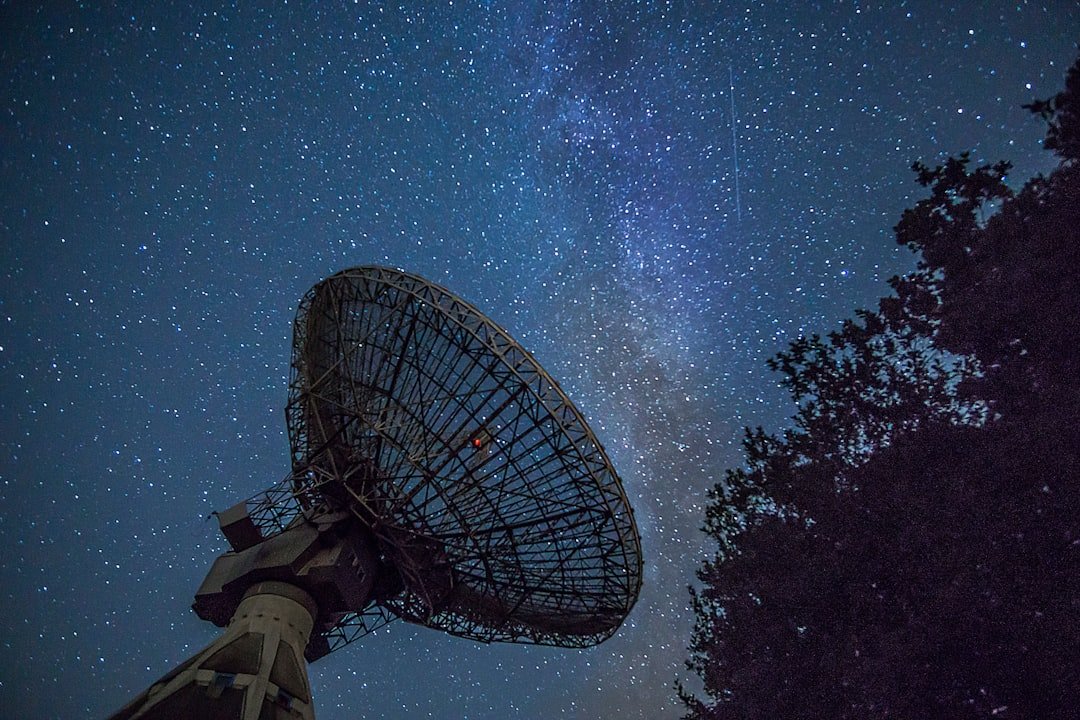
Fast radio bursts continue to challenge our understanding of the universe’s most extreme environments. From dead galaxies that shouldn’t produce signals to binary star systems creating cosmic lighthouses, these millisecond flashes are rewriting the rules of astrophysics. Instead of just detecting these mysterious flashes, we can now see exactly where they are coming from, opening the door for discovering whether they are caused by dying stars, exotic magnetic objects or something we haven’t even thought of yet.
The mystery of fast radio bursts isn’t just getting stranger – it’s revealing that our universe is far more complex and dynamic than we ever imagined. Each new discovery brings both answers and deeper questions, ensuring that these cosmic enigmas will continue to captivate scientists for years to come. Who knows what surprises these stellar time bombs will reveal next?

Jan loves Wildlife and Animals and is one of the founders of Animals Around The Globe. He holds an MSc in Finance & Economics and is a passionate PADI Open Water Diver. His favorite animals are Mountain Gorillas, Tigers, and Great White Sharks. He lived in South Africa, Germany, the USA, Ireland, Italy, China, and Australia. Before AATG, Jan worked for Google, Axel Springer, BMW and others.

